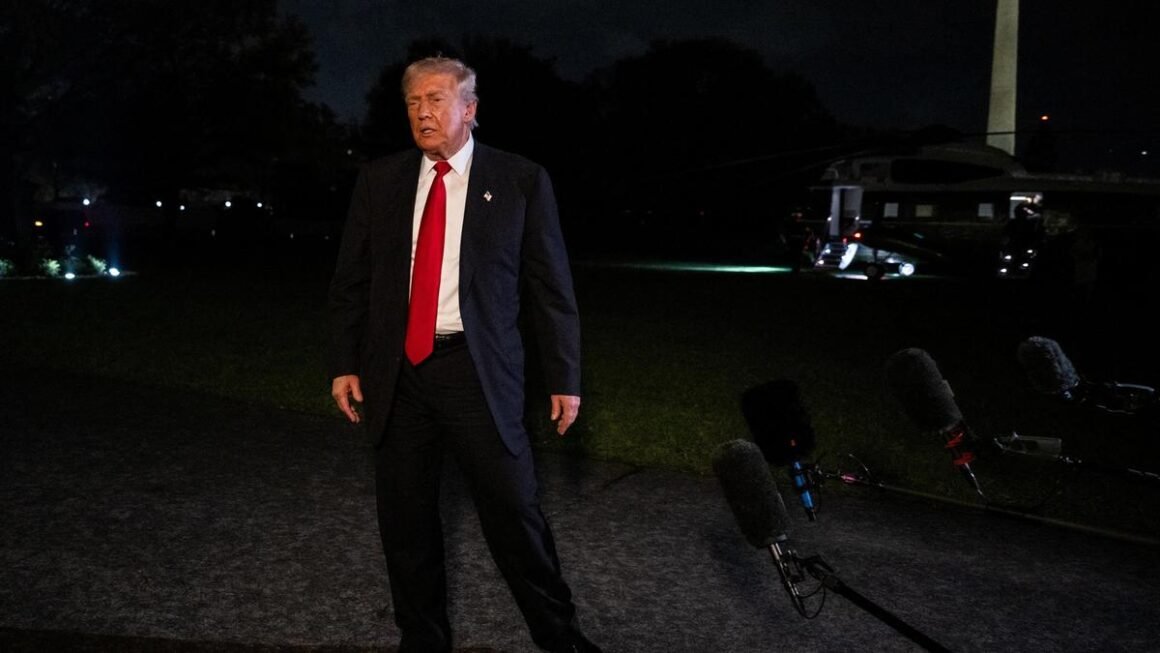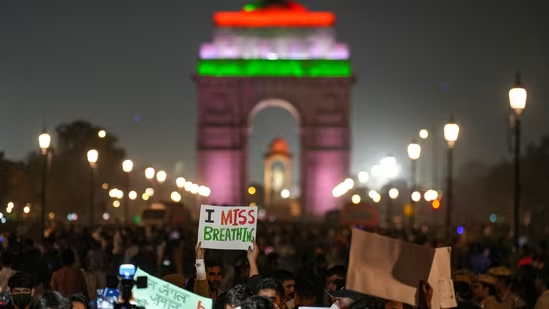U.S. government shutdown 2025 – After forty days of political gridlock and nationwide disruption, Washington finally breathes a sigh of relief—if the Senate’s deal holds up.

On November 10, 2025, after weeks of intense negotiations, public protests, and mounting economic anxiety, a bipartisan group of U.S. senators finally announced a deal that could bring an end to the 40-day-long federal government shutdown. The shutdown, which began in early October, became the longest in U.S. history, halting crucial services, delaying benefits, and freezing salaries for hundreds of thousands of federal employees.
The breakthrough came after days of marathon discussions, underscoring both the urgency of the situation and the fragility of American political cooperation.
According to Al Jazeera and Business Insider, the proposed deal will temporarily fund the federal government through January 2026, providing Congress with breathing room to negotiate a more sustainable spending framework. While far from a comprehensive solution, the deal represents a significant step toward restoring federal functionality and easing the burden on millions of Americans affected by the standoff.
The Road to the Deal: U.S. government shutdown
The crisis began when deep partisan divisions over healthcare funding and budget priorities led to a failure to pass critical appropriations bills. Republicans pushed for spending caps and cuts to entitlement programs, while Democrats demanded the preservation of Affordable Care Act (ACA) subsidies and investments in social safety nets. As negotiations dragged on, government functions slowed to a crawl, impacting everything from national parks to passport offices.
Over the weekend leading to November 10, senators convened for back-to-back negotiation sessions, signaling a rare moment of bipartisan determination. The final compromise includes the following key elements:
- Temporary government funding through January 2026, avoiding an immediate fiscal cliff.
- Back pay and reinstatement for nearly 800,000 furloughed federal employees.
- Guaranteed Senate vote on ACA subsidy extensions in the next legislative session.
- Commitment to streamline future budget deadlines to prevent similar crises.
However, while optimism brews in the Senate, hurdles remain. The bill must now move through the House of Representatives, where political divisions still linger, before reaching the President’s desk for final approval.
The Human and Economic Toll: U.S. government shutdown
The prolonged U.S. government shutdown has rippled through nearly every sector of American life. Federal employees went weeks without pay, families dependent on government assistance faced delays, and small businesses tied to federal contracts saw sharp revenue declines. Economists estimate losses exceeding $15 billion, largely driven by halted services and reduced consumer spending.
In addition, major airports experienced flight delays due to staff shortages among TSA and FAA personnel. National parks and museums were shuttered, leading to massive losses in tourism revenue, while millions of Americans struggled with delays in tax refunds, housing aid, and social benefits. Environmental monitoring, defense readiness, and even weather forecasting suffered setbacks as agencies operated on skeleton crews.
Health experts also raised concerns over the mental and financial stress inflicted on furloughed workers. Nonprofits and local communities stepped in to offer food, childcare, and short-term loans to help families survive the crisis.
Political Stakes and Reactions: U.S. government shutdown
Politically, the U.S. government shutdown exposed deep fractures within both parties. For Democrats, the defence of ACA subsidies became a rallying point, while Republicans emphasised fiscal restraint and the need to rein in federal spending. Despite their differences, public outrage over the shutdown’s impact forced both sides back to the negotiating table.
Senate Majority Leader Chuck Schumer praised the deal as “a moment of sanity in an era of chaos,” while Minority Leader Mitch McConnell called it “a pragmatic solution to an unsustainable impasse.” President Joe Biden, though cautious in his remarks, welcomed the compromise and urged Congress to move swiftly, stating, “The American people deserve stability, not political brinkmanship.”
Critics, however, argue that the agreement is merely a temporary fix that delays the inevitable confrontation over the federal budget. Progressive lawmakers voiced disappointment that the deal lacked concrete measures to address climate funding and social programs, while conservative hardliners decried the absence of deeper spending cuts.
The Bigger Picture: A Nation on Edge
Beyond the halls of Congress, the U.S. government shutdown has reignited debates about the efficiency of the U.S. budgeting process. Policy experts warn that repeated shutdowns erode public confidence, weaken national security, and hurt America’s global reputation. Financial markets reacted cautiously to the news, with the Dow Jones and Nasdaq showing slight recovery after weeks of uncertainty.
The U.S. Chamber of Commerce called the deal “a welcome but overdue step toward economic normalcy,” urging lawmakers to create a long-term budget strategy that prevents such crises in the future.
What Happens Next: U.S. government shutdown
If the deal is approved by the House and signed by the President, federal operations could resume within days. Workers would receive back pay, delayed benefits would restart, and shuttered offices would reopen before the Thanksgiving holiday. However, analysts warn that the relief could be short-lived unless Congress finds a durable bipartisan path forward.
With the temporary funding set to expire in January 2026, the coming weeks will test Washington’s ability to maintain stability. Lawmakers now face the dual challenge of rebuilding public trust while ensuring that future disagreements do not once again bring the world’s largest economy to a standstill.
Looking Ahead: U.S. government shutdown
As the dust begins to settle, the latest U.S. government shutdown serves as a stark reminder of the consequences of partisan paralysis. While the November 10 deal offers hope, it also highlights how fragile compromise has become in American politics. The question now is whether Congress can transform this reprieve into lasting reform.
FOR MORE BLOGS – beyondthepunchlines.com

 Add to favorites
Add to favorites







